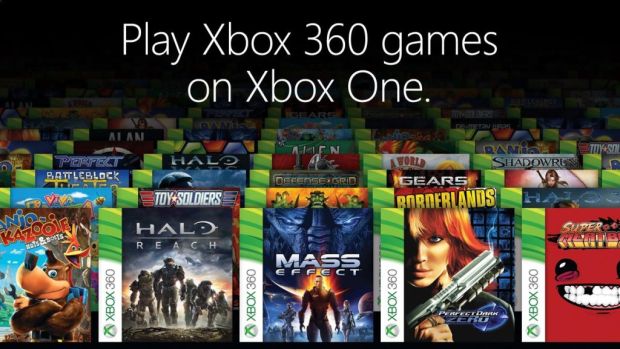A lot of the Xbox One’s current relevance has been aided by backwards compatibility with Xbox 360 games. Yes, there have been some stellar releases since the feature was announced in 2015 but it’s helped keep the console in the news, especially when Microsoft announced the original Xbox’s games would also go the backwards compatible route.
What’s not known is how long the feature was actually in development. In a new feature story from IGN, we got to learn more about the man who actually green-lit the whole deal, namely Kareem Choudhry who’s Microsoft VP of Xbox software engineering. The story actually goes as far back as 2007 when one of the development teams was working to get the Xbox 360’s 32-bit code running on the Xbox One’s 64-bit hardware.
Choudhry remarked how one of the teams dedicated to backwards compatibility was writing a virtual GPU emulator was based on the Xbox 360’s GPU architecture and how, “These were like peanut butter and chocolate. [So we thought,] ‘Why don’t we put them both together?’” This would inform some of the first steps towards backwards compatibility, back when the Xbox One even received its final name or specifications and was simply referred to as third generation Xbox hardware.
With Durango plans becoming more concrete, Xbox 360 backwards compatibility started to take shape. Xbox core platform group program manager Kevin Gammill, who worked with Choudhry, said that, “This was primarily a software exercise, but we enabled that by thinking ahead with hardware. We had to bake some of the backwards compatibility support into the [Xbox One] silicon.”
Of course this was back in 2011 and initial tests indicated XBA audio and Textureform were tough to pull off in just software, utilizing at two or three of the Xbox One’s six CPU cores. An Xbox 360 chip aka a “Sock” similar to the PS2 chip inside of PS3 consoles at launch would’ve been too expensive. Plus the result would have limited the team’s ambition. “If we’d have gone with the 360 sock, we likely would’ve landed at just parity. The goal was never just parity.”
The rest, of course, is history but it’s worth reading the full feature above to get a better idea of how things worked out.















